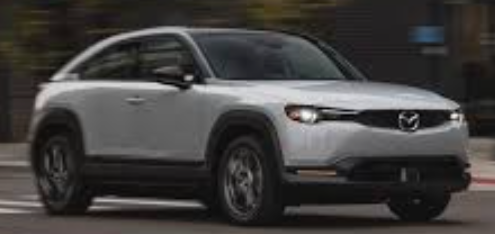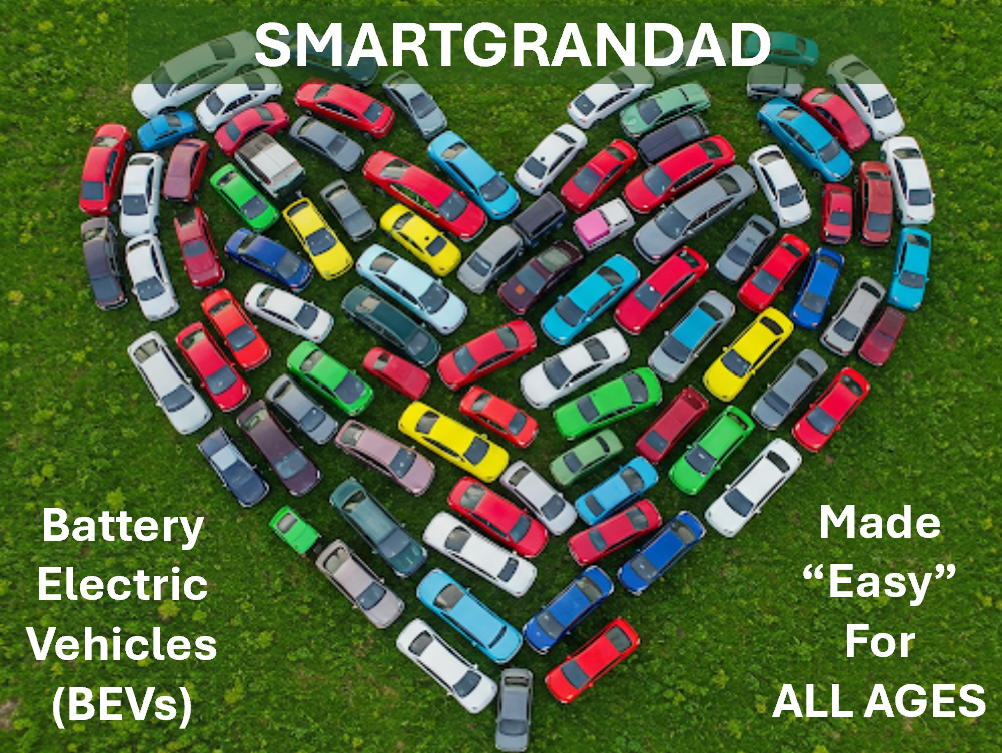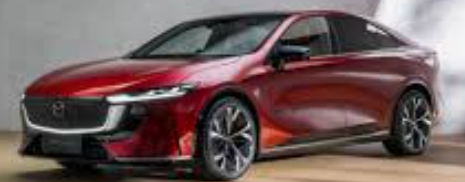Mazda MX-30

1. Body Style and Size Segment
The MX-30 is a compact 5-door SUV, notable for its unique “freestyle” doors (rear-hinged half-doors). Dimensions are approximately 4395mm (L) x 1795mm (W) x 1570mm (H), with a 2655mm wheelbase, positioning it in the subcompact to compact SUV segment.
2. Platform Architecture, Range & Efficiency
The MX-30 (BEV) utilizes a 35.5 kWh lithium-ion battery on a 355V electrical architecture. It offers a modest WLTP range of approximately 200 km (124 miles). A plug-in hybrid (R-EV) variant features a smaller 17.8 kWh battery and a rotary engine range extender for extended overall range.
3. Technical Capabilities
The MX-30 comes equipped with Mazda’s i-Activsense suite of driver assistance features, including adaptive cruise control, lane departure warning, and automatic emergency braking. It also features a digital cockpit and a user-friendly infotainment system with smartphone integration.
4. Interior Quality and Storage Capacity
The interior showcases Mazda’s premium approach with high-quality, eco-friendly materials like cork accents. Front seating is spacious and comfortable. Rear passenger space is notably tighter, especially with the unique doors. Cargo capacity is 366 liters (12.93 cubic feet) with the rear seats up, expanding to 1171 liters (41.35 cubic feet) with seats folded. There is no frunk.
5. App Functionality
Mazda Connected Services, accessible via the MyMazda app, offers remote start, climate control adjustment, remote lock/unlock, vehicle status alerts, and vehicle finder functionality. It also integrates with navigation and offers emergency assistance features.
6. Pros and Cons
Pros: Unique and stylish design, high-quality and eco-conscious interior, engaging driving dynamics. Cons: Limited all-electric range (BEV), constrained rear passenger space, small boot capacity.
7. Overall Summary
The 2025 Mazda MX-30 stands out with its distinctive design and premium interior, embodying Mazda’s focus on driving pleasure. However, its relatively limited electric range (BEV) and restricted rear practicality set it apart from rivals like the Hyundai Kona Electric or Kia Niro EV, which offer more conventional SUV practicality and longer electric ranges. The R-EV variant attempts to address range anxiety with its rotary engine, offering a unique proposition in the segment.
Range Data not available

